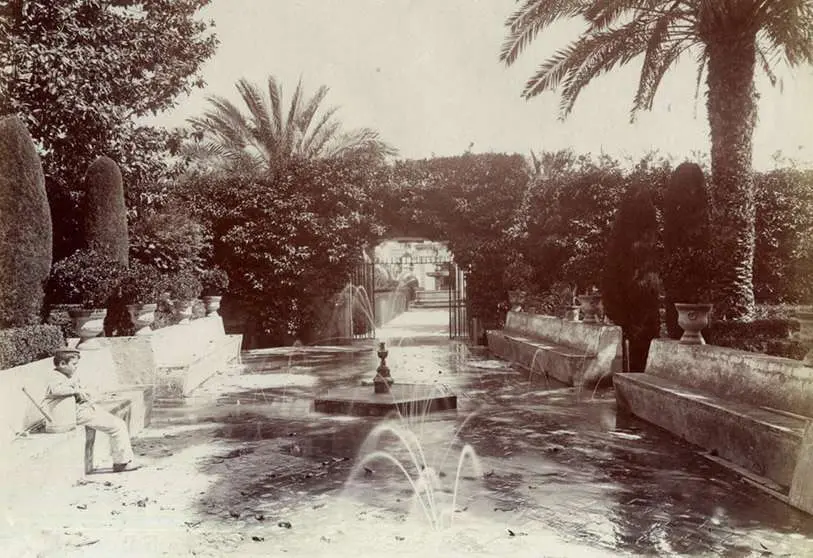Los jardines históricos de Andalucía y el Magreb llegan a Tres Culturas con 'Paraísos del antiguo Sur'

The exhibition on offer returns this Thursday to the Three Cultures of the Mediterranean Foundation. And it does so in a big way, with a beautiful exhibition produced by the El Legado Andalusí Public Foundation. This is 'Paradises of the Ancient South, historical images of gardens in Andalusia and the Maghreb', a carefully selected exhibition of photographs and models by the University of Granada specialists José Tito and Manuel Casares.
These pieces trace the history and evolution of many of the oldest gardens in Andalusia and the Maghreb: the identity preserved in the gardens of the southern territories, in cities such as Granada, Malaga, Almeria, Cordoba, Seville, Tangiers, Xauen, Fez, Tetouan, Marrakech and Algiers.
The exhibition covers historical images which, for the most part, present the same garden at different points in time, making it possible to see the evolution they have undergone. This is the case with some retrospectives of the Cármenes del Albaicín (which went from fruit orchards to landscaped spaces), as well as other emblematic spaces such as the Patio de los Arrayanes, the Patio de Machuca, the Partal, the garden of the Concepción in Málaga, and many more.
There are also evolving models, such as one that shows three different periods of the Generalife: 1526-1567, 1856-1875, 1934; or a model of the Alcazar Genil that reconstructs its hypothetical state around 1431, and its later state around 1934, when the Camino de Ronda was built. There are also some original pieces from the municipal historical archive of Granada.
All this allows the visitor to approach these unique plant universes, in which architecture and heritage merge with authentic botanical jewels, becoming spaces of delight and contemplation.
Just before the opening of the exhibition, the conference 'Al-Andalus: the art of its gardens and its gardens in art' will be given by Doctor José Tito Rojo, Researcher at the University of Granada in the Department of Botany and curator of the exhibition, starting at 19:00 hours with free admission with prior registration.
The lecture will review the artistic representations of the gardens of Al-Andalus in the Middle Ages and later after the conquest, with an important part dedicated to the orientalist recreations of the 19th and 20th centuries. It will also reflect on the documentary value of the representations for the study of the medieval state of the Andalusian gardens.








